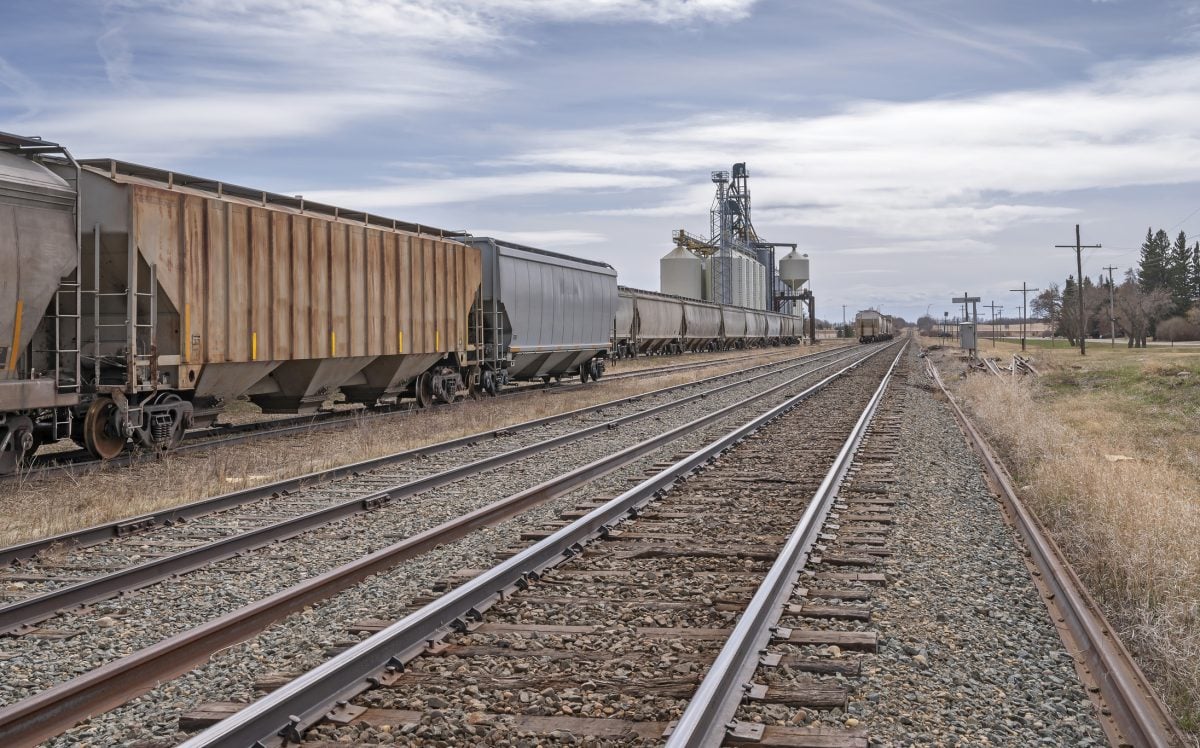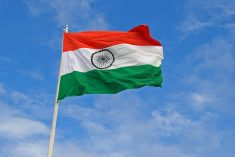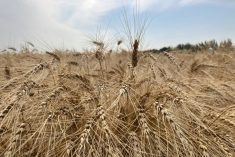WINNIPEG (CNS) – The Indian government has raised the import tariff for chickpeas from 30 per cent to 40 per cent.
Published in the Gazette of India on Feb. 6, the government said the tariff is to be imposed immediately, with existing circumstances making it necessary. Chickpea prices have continued to fall over the last six months, according to reports out of the country.
On Dec. 21 last year India imposed a 30 per cent tariff on imports of chickpeas and lentils, which had followed a 50 per cent tariff on pea imports on Nov. 8 – the maximum allowed under World Trade Organization rules.
Read Also

Louis Dreyfus buys oilseed assets from Bunge in Poland and Hungary
Louis Dreyfus Company has acquired grains and oilseeds processing, storage and trading activities in Hungary and Poland from rival agricultural commodity merchant Bunge Global, fulfilling conditions Bunge needed to meet to get approval of its merger with Viterra.
The tariffs were placed in order to support Indian farmers who faced lower commodity prices following large world crops of pulses. India had a good monsoon rain this growing season and as the harvest approaches the country is expecting large crops.
The Indian government has previously said it wants to reach self-sufficiency for pulses, however many analysts have said that isn’t possible as India relies on variable monsoon rains for its growing season.
In January, Australia’s Agriculture Minister David Littleproud travelled to India to discuss the pulse import tariffs. He was able to reach an agreement with India to give Australia warning before placing future tariffs.
Canadian Prime Minister Justin Trudeau is set to travel to India from Feb. 17 to 23 to promote further trade and investment between the countries. There have not been any announcements if the trip will include discussions about the pulse crop industry, but the federal government has said it is working on the file.
Last year Canada exported 10,000 tonnes of chickpeas to India, according to Statistics Canada.














